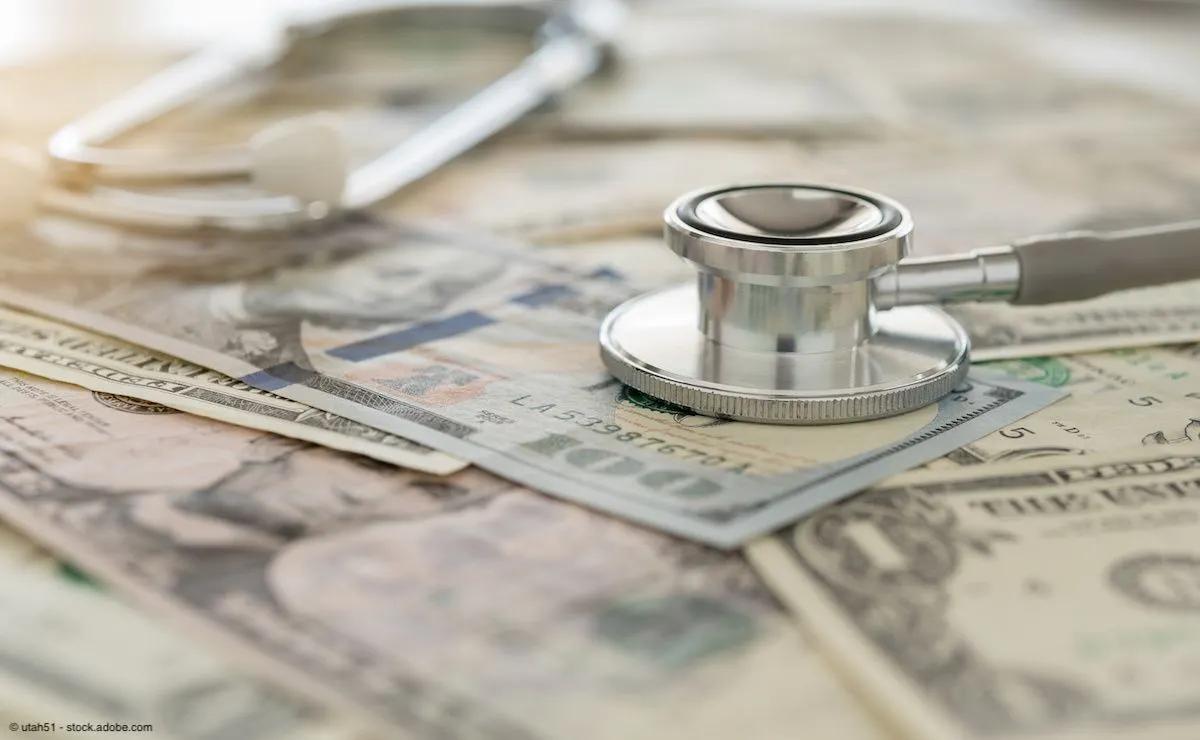Article
Data suggest sacral neuromodulation affects CNS
A small study from the UCLA David Geffen School of Medicine has revealed solid evidence that sacral neuromodulation affects the central nervous system.
A small study from the UCLA David Geffen School of Medicine has revealed solid evidence that sacral neuromodulation affects the central nervous system.
"We have been using sacral neuromodulation since 1997 in the treatment of frequency, urgency, urge incontinence, retention, and, more recently, in painful bladder syndrome," said Nasim Zabihi, MD, who presented the data at the AUA annual meeting. "But we don't know how it works, what the mechanism of action might be. This helps us understand a little better how neuromodulation works."
Under the direction of Larissa Rodriguez, MD, Dr. Zabihi and co-investigator Veronica Triaca, MD, used radiolabeled water and PET scans to track brain activity during sacral neuromodulation. Nine patients who had sacral neuromodulators implanted for at least 6 months underwent a series of eight PET scans performed in two series of four scans: one with the modulator off; one in an anticipatory mode when then patient thought the modulator was on, but it was not; one in a high-intensity mode that allowed the patients to feel sensations typically associated with sacral neuromodulation; and one with the modulators in a low-intensity mode that was below each patient's threshold of sensation. Each of the four scans was repeated twice in a different sequence to remove any order effect.
High-intensity stimulation was significantly associated with decreased activity in the left dorsal anterior cingulate cortex (ACC). No effect was reported in the left dorsal ACC during low-intensity stimulation. The left dorsal ACC is linked to perceptions of noxious or painful stimuli.
In addition, high-intensity stimulation was associated with increased activity in the pons, right hippocampus, and perigenual ACC. Low-intensity stimulation was also associated with increased perigenual ACC activity. The pons and hippocampus are linked with micturation, Dr. Zabihi said, while the perigenual ACC is linked with descending pain pathways.
"We now know that we are affecting the plasticity of the brain with long-term sacral neuromodulation," Dr. Zabihi told Urology Times. "Sometimes clinicians or patients are resistant to ideas and treatments they do not understand. This study helps them understand a little better how sacral neuromodulation may work."





